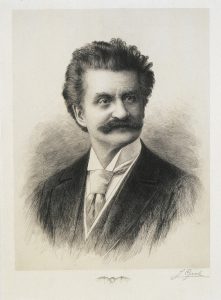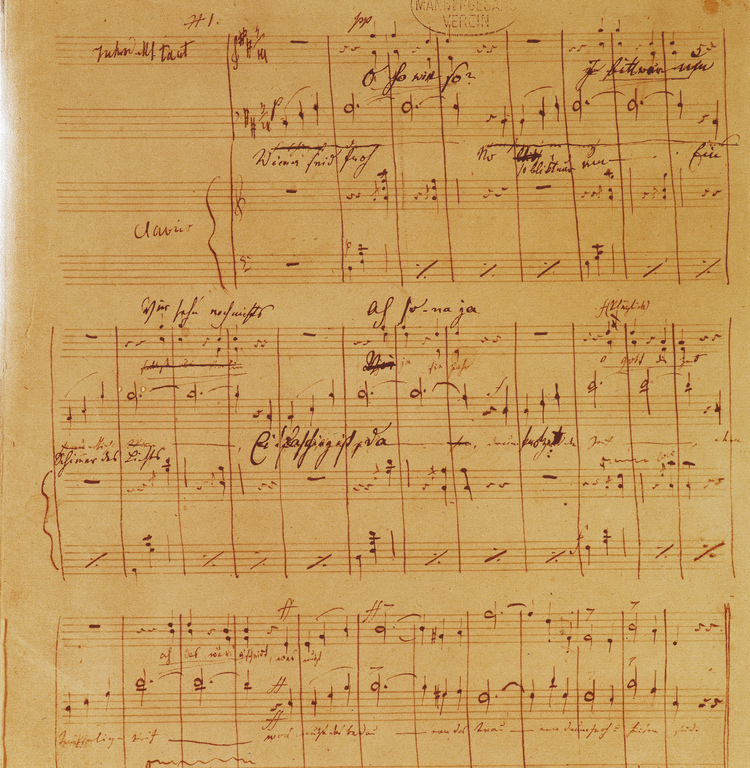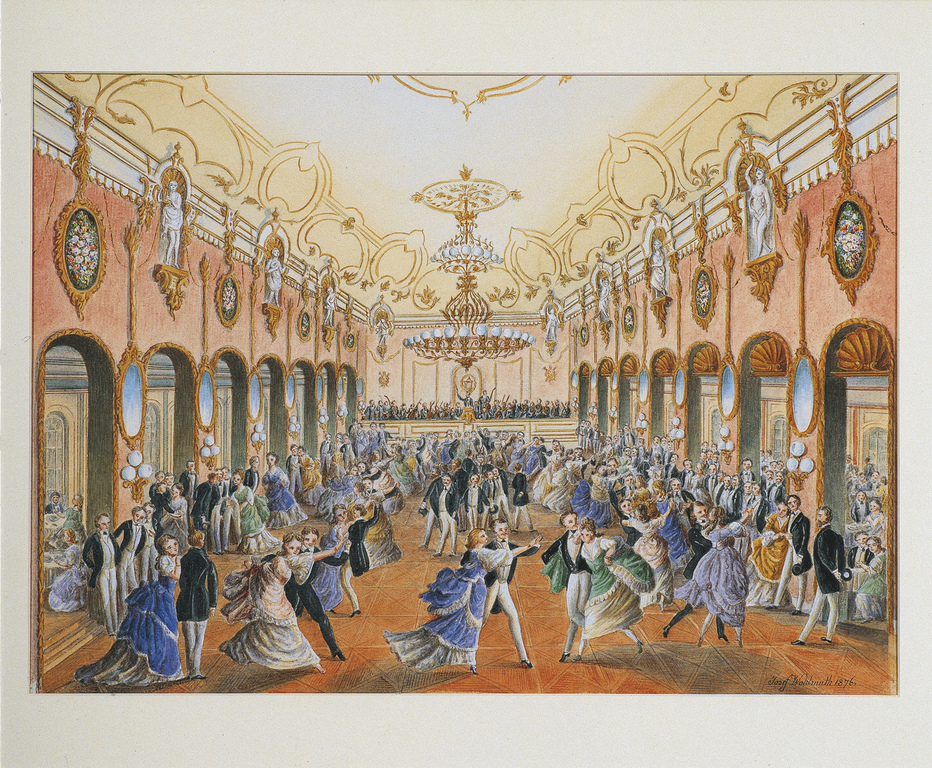Johann Strauss, the son, was nicknamed “the Waltz King” due to his composition of the most beloved of Viennese Waltz pieces. Praterstraße 54, where the museum of the Johann Strauss Apartment can be visited today, was where he wrote “The Blue Danube”.

Furthermore, not only was his music danced to at court balls, but musicians resident in Vienna, such as Beethoven or Schubert, also drank their coffee in the famous Viennese coffeehouses to the tune of Strauss’ music.

The family of Johann Strauss
From the early age of six, the boy composed his first waltz and practised the violin in secret. When he was nineteen, he founded his own orchestra and thus became of the greatest rivals of his own father.
Johann Strauss Senior wanted his son to become a civil servant and was strictly against his musical career. However, after his family had turned their back on him, Strauss’ mother, Maria Anna Streim, made every effort to – and not least in spite of her husband – encourage the young Strauss’ musical talent. Several years later, Emperor Franz Joseph I named Strauss the Son as the music director for the k. und k. Hofball. He conducted at every Viennese Hofball until 1871, and with his marching and dancing music, as well as his operettas, he transformed the city of Vienna into an important musical centre.

The goal of the Strauss Museum Vienna is to present the family history and artistic works of the entire Strauss dynasty in one museum. Packed with historical images and documents to admire, which are organised into 15 themes, it is absolutely worth a visit.


